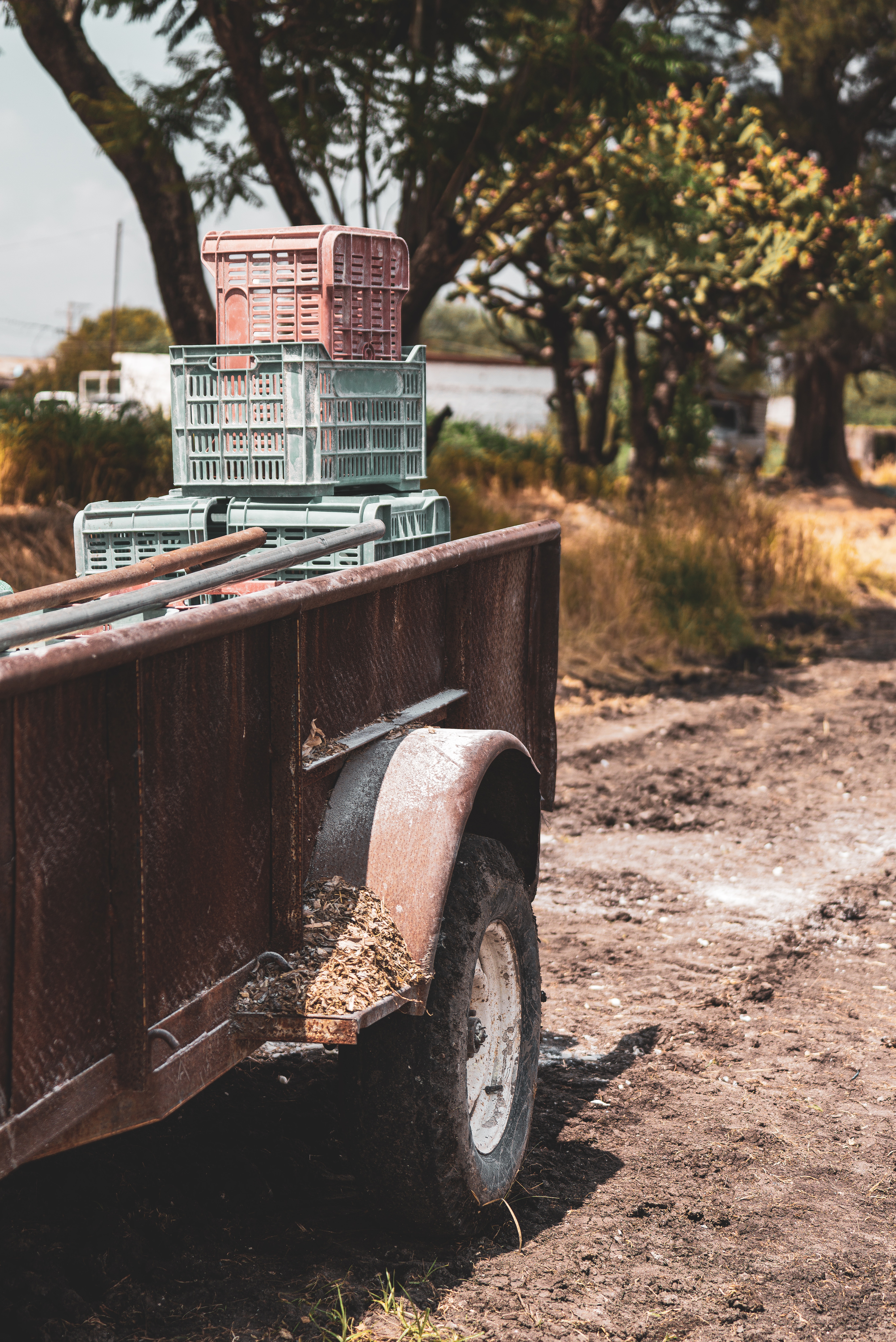The Versatile Milk Crate: A Journey through History and Practical Uses
Posted by PC on Jun 16th 2023
Milk crates. You've probably seen them countless times at your local grocery store or stacked up in the back of a truck. At first glance they may seem like simple plastic containers, but behind their unassuming appearance lies a fascinating history and a wide range of practical uses. In this blog post, we'll delve into the origins of milk crates and explore the diverse ways they have become an essential part of our daily lives.

The Birth of the Milk Crate:
Milk crates first emerged in the middle of the 20th century when dairy farms sought a practical solution for transporting... you guessed it, bottles of milk. While the crates were originally designed and made out of wood, manufacturers eventually shifted to a more sturdy but less practical metal design before eventually settling on a durable plastic design that was lightweight but resilient. The reason durability was critical was because they were designed to withstand the rigors of daily delivery routes. Initially, they were predominately used to transport dairy products, but their functionality soon caught the attention of other industries.

Beyond the Dairy Industry:
As time went on, milk crates found new applications in various sectors. Their sturdy construction and stackable design made them ideal for organizing and storing goods. Retail stores and supermarkets started using them to organize and transport items, including fruits, vegetables, beverages, and other consumer goods. Additionally, restaurants and catering services found them useful for storing and transporting supplies, ensuring efficiency in their operations.
Creative Uses in Everyday Life:
Beyond their commercial uses, milk crates have also become a favorite among DIY enthusiasts and creative individuals. Due to their versatility and affordability, they have been repurposed in numerous innovative ways. Some popular examples include:
- Furniture: Milk crates can be transformed into functional furniture pieces like chairs, bookshelves, or side tables. With a little creativity and some DIY skills, you can create unique and personalized furniture for your home or workplace.
- Storage Solutions: Whether you need a shoe rack, a toy organizer, or a garage storage system, milk crates can come to the rescue. Stack them, mount them on walls, or attach them together to create custom storage solutions that suit your needs while being pleasing to the eye.
- Gardening: Milk crates are excellent containers for urban gardening. With proper drainage and some soil, you can use them to grow herbs, vegetables, or flowers in small spaces like balconies or rooftops.

Sustainability and Upcycling:
One of the most appealing aspects of milk crates is their potential for sustainable practices. By upcycling and reusing these crates, you reduce waste and contribute to a more eco-friendly lifestyle. Instead of buying new storage or organization solutions, repurposing milk crates gives them a new lease on life, reducing the demand for new products.

In Summary:
From humble beginnings in the dairy industry to their current multifunctional status, milk crates have evolved to become an indispensable tool for organization, storage, and creative expression. Your imagination is truly the sole limitation when it comes to the functionality of the milk crate. Their durability, stackability, and versatility have made them an enduring presence in our lives. So, the next time you see a milk crate, remember its rich history and consider the endless possibilities it holds. Whether you need practical storage solutions or an outlet for your creativity, the trusty milk crate will always be there to lend a helping hand.



